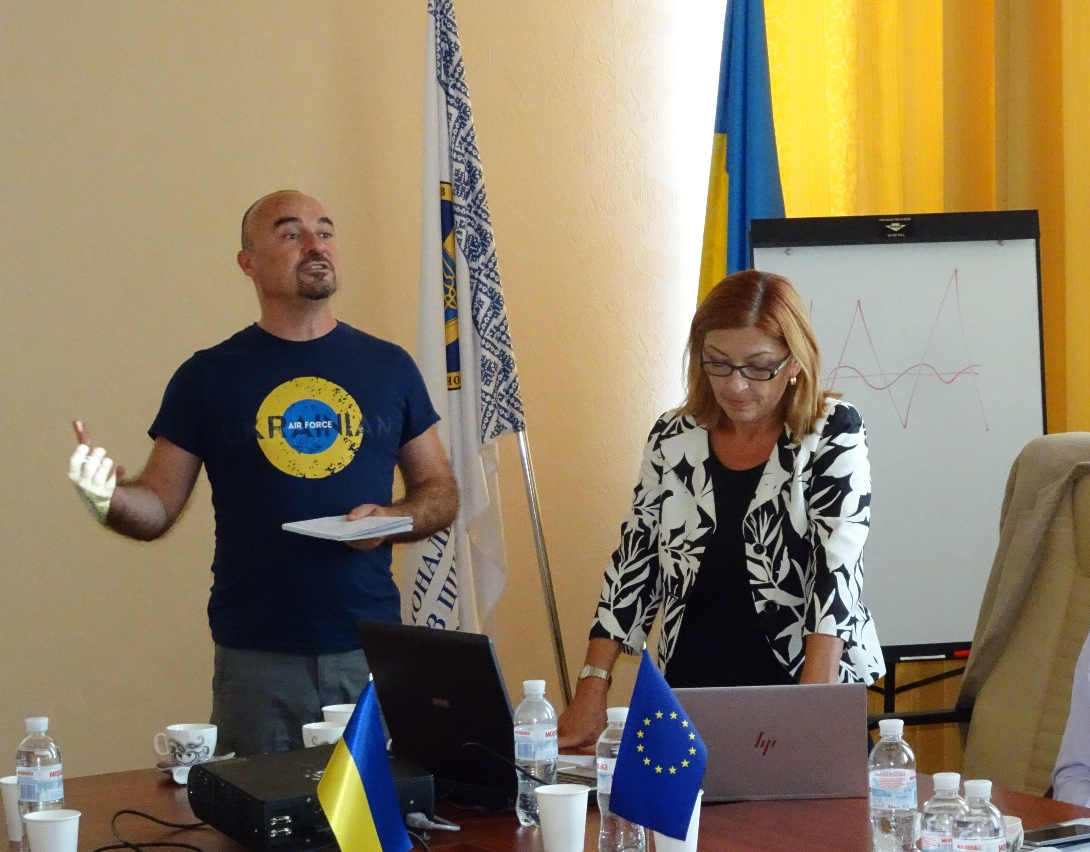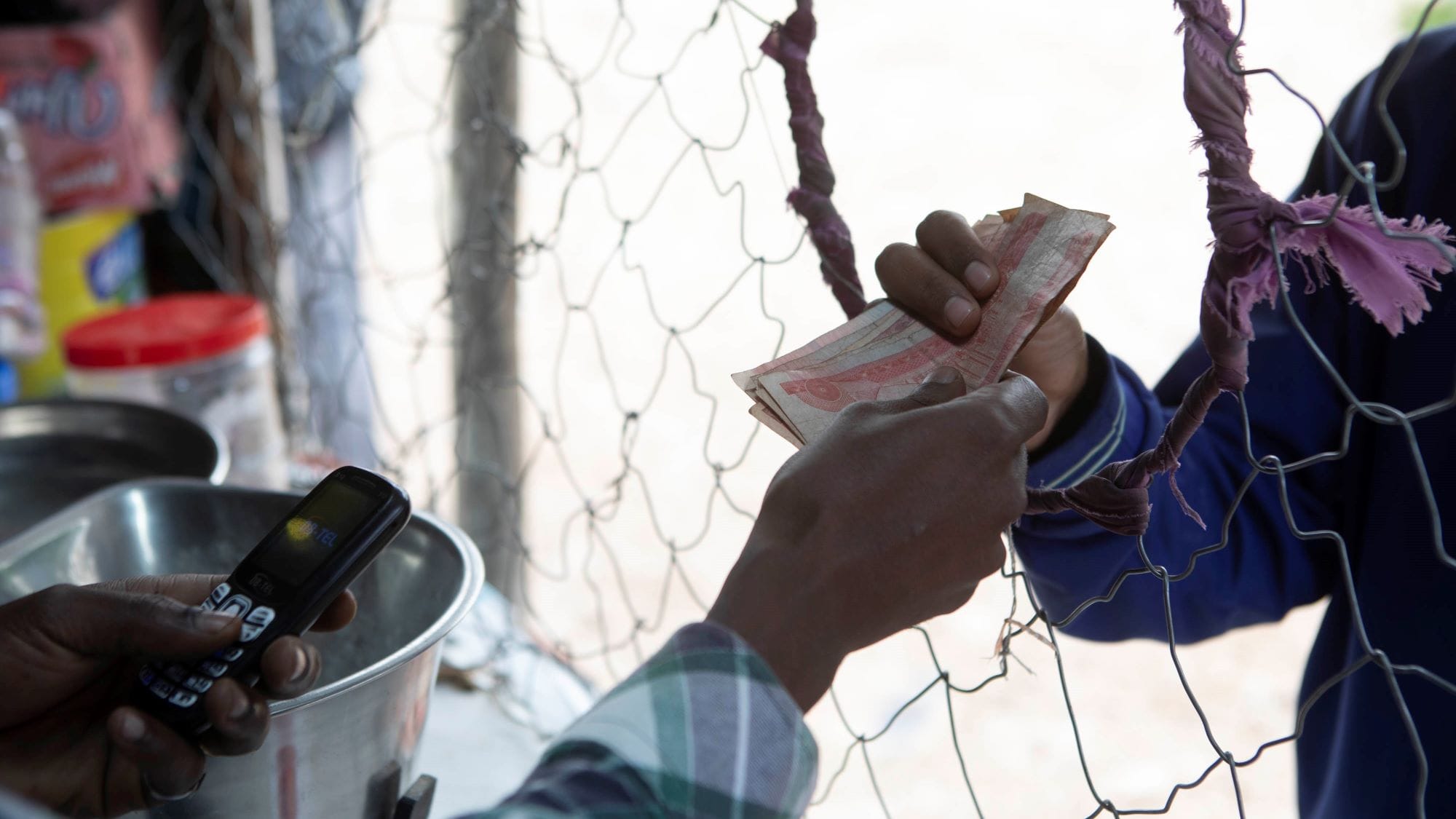Energy consumption can account for up to half the cost of doing business for small and medium-sized enterprises (SMEs). These businesses of 250 or fewer employees make up 95 percent of enterprises across the world; they also account for approximately 60 percent of all private sector employment. Globally, there is great potential to reduce their energy costs and carbon emissions.
But SMEs generally have been slow to improve or replace their old heating, cooling, lighting, and power systems, or to insulate their buildings, because the cash outlay is too great and credit is not available. Many banks lack the technical knowledge to calculate sensible energy-upgrade loans for these small firms.
The Poland Sustainable Energy Finance Facility (PolSEFF) and other facilities in Eastern Europe are proving that commercial banks can bridge this gap. In Poland, for example, SMEs have submitted nearly 2,000 applications to five PolSEFF partner banks since 2010 to finance energy efficiency projects; these banks, in turn, have disbursed €180 million in loans. In all, the European Bank for Reconstruction and Development (EBRD) has provided more than €2 billion and the International Finance Corporation (IFC) €3.8 billion in sustainable energy financing via PolSEFF and other credit lines.

Importantly, most of these well-designed energy finance projects are showing positive cash flows quickly. For SMEs, this often means paying off their energy investments and loans in three to five years.
While impressive, this lending marks only the beginning for energy efficiency financing. The International Energy Agency (IEA) estimates that implementing efficiency measures can reduce the global need for primary energy by 900 million tons of oil equivalent through 2020. Most of these savings would occur in sectors such as transportation, construction, and agriculture—industries well populated by SMEs.
###Making Energy Financing Viable
Depending on the investment, a small firm might require financing from €70,000 to €500,000 (US$90,000–US$650,000) to decrease its energy expenditure by 5 to 50 percent. Still, many businesspeople—unaware of the latest technology, equipment, costs, and benefits of investing—struggle to identify practical energy efficiency measures; they need affordable or even free qualified technical information about the financial benefits and availability of different energy technologies. Tailored financial products and services can address this information void. Commercial banks have been reluctant to offer energy financing products to SMEs because banks:
- Perceive these loans to be high risk.
- Lack information on energy technology, equipment, and service providers.
- Lack the skills to appraise loan applications and projects.
- Are restricted by collateral requirements.
- Do not know how to translate future energy savings into cash flows for the purpose of calculating loans.
- Have had limited strategic interest.
Since 2004, DAI has assisted EBRD-funded financing facilities and their partner banks to create markets for energy loan products. In Poland, Bulgaria, the Western Balkans, and elsewhere, partner banks are communicating these opportunities to SME clients and dedicating staff to service these loans. In Poland, for example, DAI has helped fill the information void by developing the List of Eligible Materials and Equipment, a database of more than 900 registered suppliers and 7,500 eligible energy-related products from which lenders and borrowers can choose.
Lower bills, cleaner air in BulgariaThe EBRD recently concluded a 10-year Bulgaria Energy Efficiency and Renewable Energy Credit Line (BEERECL) managed by DAI. Under BEERRECL, more than €150 million in loans were made to private businesses for nearly 300 projects, which involved total investments of about €230 million. The internal rate of energy cost savings across all projects averaged 29 percent and ranged from 14 to 79 percent. These led to a yearly saving of 1 terawatt hour—the combined household electricity consumption of 890,000 people in Bulgaria—as well as a reduction in carbon emission of 710,000 tons, or the equivalent of taking 390,000 cars off the road.
Thanks to the success of PolSEFF and other facilities, participating banks are now selling the benefits of energy efficiency and stimulating demand for loans using targeted, detailed sales information: case studies and examples of hundreds of successful energy financing projects. The banks are also achieving efficiency by mining their existing portfolios of SME clients—companies with which they were already comfortable—and calculating their creditworthiness in order to introduce these new loan products.
###Educating lenders and borrowers
Bank staff members need specialized skills to assess energy-efficiency loan applications. For example, when analyzing a project and a firm’s ability to repay, bankers are now accounting for potential savings resulting from reduced energy expenses. This potentially significant sum, combined with the standard corporate balance sheet, might qualify more borrowers. To address this specialized financing, DAI is training banks’ staffs and equipping them with guidelines for energy-efficiency lending.
SME borrowers also need technical advice when reviewing the options and deciding on appropriate products. For example, DAI’s team of engineers worked with a Polish firm called Mine Master by conducting an energy audit, designing a thermal modernization project, and recommending the optimal insulation materials.

While SEFFs subsidize technical assistance to banks and SMEs, such services in the long run need to be available, affordable, and self-sustaining. Business advisory organizations, technology providers, and engineers in these countries are now working together to facilitate the broader uptake of sustainable energy finance. Given the potential reduction of carbon emissions, government agencies should also leverage available public resources to stimulate sustainable energy financing.
SEFFs are demonstrating that commercial banks can facilitate energy-efficiency investments by SMEs, whose savings flow directly to their bottom lines and enhance their competitiveness. Banks, in turn, enjoy more business and reduced risk since their lending is underpinned by the ongoing viability of the SME client.
With this success in mind, DAI has enthusiastically launched its latest projects for the EBRD: the Morocco Sustainable Energy Financing Facility (MorSEFF), as well as PolSEFF II.
(This article was condensed from “How commercial banks can offer financial products to SMEs for investing in energy efficiency,” Enterprise Development and Microfinance, Practical Action Publishing, Sept. 12, 2014. To read the full journal article, please click on this link.)




